In the not-so-distant past, department stores were the crown jewels of retail, sprawling multi-story spaces that offered everything from fashion to home goods under one roof. They were more than just places to shop; they were social hubs where families spent weekends, and holiday traditions were built. In cities like New York, London, Tokyo, and Mumbai, iconic department stores stood as symbols of prosperity and consumerism.
However, the retail landscape has undergone a seismic shift. Once considered indomitable, department stores are now facing an existential crisis. According to a report by Coresight Research, 2019 saw over 9,300 store closures in the United States alone, with department stores accounting for a significant share of these. This trend is not confined to the U.S. In the UK, household names like Debenhams have shuttered their doors after centuries of operation. Meanwhile, in Asia, traditional department stores are losing ground to both e-commerce giants like Alibaba and localized specialty retailers that better cater to modern consumer preferences.
The challenges are multifaceted. The rise of e-commerce has redefined convenience, offering consumers the ability to shop anytime, anywhere. Statista projects that global e-commerce sales will exceed $6.3 trillion by 2024, a clear indicator of where consumer dollars are heading. Additionally, shoppers today are more value-conscious and experience-driven, favoring specialized retail stores or direct-to-consumer (DTC) brands that offer unique products and personalized service over the one-size-fits-all approach of traditional department stores.
Globally, the fallout is clear: department stores that were once anchors of shopping malls are now vacant spaces, struggling to find relevance in a rapidly changing market. To survive, these retail giants must adapt to new consumer behaviors, rethink their business models, and leverage market research to understand the nuances of each region they operate in. The question is, can they evolve quickly enough to meet the demands of the modern shopper?
The Rise and Fall of Department Stores Globally
Historical Importance
Department stores have long been cornerstones of the retail world, shaping shopping habits and consumer culture across continents. In the United Kingdom, stores like Harrods and Selfridges didn’t just sell products; they sold experiences. They were destinations in their own right, drawing tourists and locals alike with their grandeur and extensive product ranges. These institutions became emblematic of British retail, often tied to the country’s broader cultural identity.
Across Europe, luxury department stores like Galeries Lafayette in Paris and KaDeWe in Berlin set the standard for high-end shopping. These establishments weren’t just retail spaces; they were symbols of elegance and affluence, where the latest fashion trends were showcased and where consumers were treated to a level of service that justified premium prices. In Asia, large retail chains such as Isetan in Japan and Lane Crawford in Hong Kong mirrored this success, becoming household names by offering a mix of local and international products tailored to the tastes of their diverse clientele.
For much of the 20th century, department stores thrived as the primary shopping destinations. They were pioneers of retail innovation, introducing concepts like fixed pricing and catalog shopping. Their influence extended beyond commerce, often driving urban development and becoming central to the social fabric of their communities.
The Decline
But the story of department stores is not just one of past glory—it is also one of recent decline. The very factors that once made department stores successful are now contributing to their downfall. The rise of e-commerce has fundamentally changed consumer behavior, offering an unprecedented level of convenience and choice. According to Statista, global e-commerce sales reached a staggering $5.8 trillion in 2023, up by almost $1 trillion from the previous year. This growth came at the expense of physical stores, particularly large department stores, which struggled to compete with the ease and efficiency of online shopping.
In the UK, the closure of Debenhams and the downsizing of House of Fraser reflect a broader trend of declining foot traffic in traditional retail spaces. Similar patterns are observed in the United States, where once-dominant players like Sears and J.C. Penney have either closed down or drastically reduced their presence. Even in Asia, where department stores like Sogo and Takashimaya once reigned supreme, the landscape is changing rapidly. Younger consumers, especially in countries like China and South Korea, are gravitating towards digital platforms like Tmall and Coupang, which offer a wide array of products with just a few clicks.
The decline isn’t just about e-commerce. There’s a broader shift in consumer preferences. Today’s shoppers are more informed and selective, often seeking out niche products that reflect their personal values and tastes. This has fueled the growth of specialized retailers and direct-to-consumer brands that can offer a more curated shopping experience. Additionally, the rise of discount retailers, which provide value-oriented consumers with cheaper alternatives, has further eroded the market share of traditional department stores.
Globally, department stores are being squeezed from all sides. To remain relevant, they must not only adapt to the digital age but also redefine their role in a world where consumer expectations are higher than ever before. The challenge lies in balancing tradition with innovation—a task that few have managed to achieve successfully. The coming years will reveal whether these retail giants can pivot fast enough to survive or if they will become relics of a bygone era.
Changing Consumer Preferences Around the World
Shift Toward E-commerce
The rapid growth of e-commerce has been a game-changer for the retail industry, reshaping how and where consumers shop. However, the impact of this shift has not been uniform across regions. In the United States, e-commerce has become the dominant force in retail, with online sales accounting for nearly 15% of total retail sales as of 2023, according to the U.S. Census Bureau. This surge has been driven by a combination of convenience, competitive pricing, and a wide range of product options available at the click of a button. For department stores, this has meant a significant reduction in foot traffic and, by extension, sales.
Europe is witnessing a similar trend, though with regional nuances. Countries like the UK and Germany are leading the charge, with e-commerce penetration rates of 30% and 20%, respectively, as reported by Statista. Here, consumers have embraced online shopping, particularly during and after the pandemic, causing traditional department stores to rethink their strategies. In contrast, Southern European countries like Italy and Spain have been slower to adopt e-commerce, though the trend is gaining momentum.
The e-commerce landscape in Asia is even more dynamic. China, the world’s largest e-commerce market, saw online sales contribute to nearly 50% of total retail sales in 2023, according to China Internet Watch. Platforms like Alibaba’s Tmall and JD.com have become the go-to shopping destinations, especially among younger consumers who value speed, variety, and the convenience of mobile shopping. Japan and South Korea are also key players in the e-commerce boom, with well-established digital infrastructures supporting a seamless online shopping experience.
Emerging markets like India present a different picture. While e-commerce is growing rapidly, driven by increasing internet penetration and smartphone usage, it still accounts for a smaller percentage of total retail sales compared to more developed markets. However, the trend is accelerating, with platforms like Flipkart and Amazon India expanding their reach, offering a significant challenge to traditional retail formats, including department stores.
Rise of Discount and Specialized Retailers
As e-commerce reshapes the retail landscape, the rise of discount retailers and specialized stores has further eroded the market share of traditional department stores. In Europe, discount chains like Lidl and Aldi have seen significant growth, appealing to consumers who are increasingly price-sensitive due to economic uncertainties. These stores offer a streamlined selection of products at lower prices, often undercutting the offerings of department stores. The success of these value-oriented retailers reflects a broader shift in consumer priorities, where cost savings and convenience often trump brand loyalty.
In Asia, the story is somewhat different. While discount retailers are gaining ground, the region has also seen a boom in specialized stores that cater to niche markets. In Japan, for instance, stores like Muji and Don Quijote have carved out a strong presence by offering unique, curated product selections that resonate with local tastes. In South Korea, beauty and skincare retailers like Innisfree and Olive Young have capitalized on the K-beauty trend, drawing consumers away from the one-size-fits-all approach of traditional department stores.
The Appeal of Direct-to-Consumer (DTC) Brands
Adding to the competitive pressures on department stores is the growing appeal of direct-to-consumer (DTC) brands. These brands have disrupted the traditional retail model by cutting out the middleman and selling directly to consumers, often through their own online platforms. This approach not only allows them to offer lower prices but also to build a more personal connection with their customers.
In the United States, DTC brands like Warby Parker and Glossier have set the standard for this model, offering high-quality, design-driven products that attract a loyal customer base. Their success has led many to open physical stores, not to replace their online presence but to complement it, creating a seamless omnichannel experience. Europe has seen a similar trend, with brands like Allbirds and Veja establishing their own stores, often in prime locations previously dominated by department stores.
In Asia, DTC brands are also making waves, though the approach is slightly different. Brands like Xiaomi have successfully integrated their online and offline strategies, using physical stores not just as sales points but as experiential hubs where consumers can interact with products before purchasing online. This strategy has proven effective in markets like China and India, where the combination of digital convenience and physical touchpoints resonates with consumers.
Across the globe, the rise of DTC brands highlights a key shift in consumer preferences: today’s shoppers value personalized experiences, transparency, and direct engagement with the brands they buy from. For department stores, this means that simply offering a wide range of products is no longer enough. To compete, they must rethink their business models, focusing on creating unique, tailored experiences that meet the evolving expectations of the modern consumer.
The Impact on Shopping Malls Globally
Vacant Spaces in Different Markets
The decline of department stores has left a visible mark on shopping malls across the globe, with vacant anchor spaces becoming increasingly common. In the United States, the situation is particularly stark. Once a staple of American retail, department stores like Sears, Macy’s, and J.C. Penney have either closed a significant number of their locations or drastically scaled back their presence. According to a report by Green Street Advisors, as of 2023, there are over 500 vacant department store spaces in the U.S., with more closures expected in the coming years. These vacancies are not just isolated incidents but part of a broader trend reflecting the struggles of brick-and-mortar retail in the face of e-commerce and changing consumer preferences.
Image credit: The Telegraph
In Europe, the scenario is somewhat similar, though with regional variations. The UK, for instance, has seen a significant number of department stores, including Debenhams and House of Fraser, close their doors, leaving behind large, empty retail spaces in malls and high streets. In Germany and France, the situation is less severe, but the pressure is mounting as consumers increasingly shift to online shopping. The impact is less pronounced in Southern Europe, where traditional shopping habits have been slower to change, but even here, the cracks are beginning to show.
Asia presents a more complex picture. In countries like Japan and South Korea, department stores have long been fixtures in urban centers, often occupying prime real estate. However, even in these markets, the rise of e-commerce and specialized retail is taking its toll. While the scale of vacancies is not as dramatic as in the West, the trend is unmistakable. In China, where rapid urbanization and a booming middle class once fueled the growth of large department stores, the shift to online shopping has led to a surplus of retail space in some areas. Malls that once thrived on the presence of major department store anchors are now grappling with how to fill these voids.
Creative Reuse of Spaces
Faced with the growing problem of vacant department store spaces, mall owners around the world are getting creative. In the United States, some of the most innovative solutions have involved turning these large, empty spaces into mixed-use developments. For example, the transformation of a former Macy’s in Seattle into a tech office for Amazon showcases how these spaces can be repurposed to meet the needs of a changing economy. Other malls have opted to convert vacant department stores into fitness centers, grocery stores, or even medical facilities, catering to the evolving demands of local communities.
In Europe, the approach has often been to integrate vacant spaces into broader mixed-use developments. Malls in cities like Berlin and Paris have started incorporating residential units, offices, and co-working spaces into their layouts, creating vibrant, multi-functional environments that attract a diverse range of visitors. This trend is particularly evident in the UK, where the repurposing of former retail spaces into entertainment venues, including cinemas and bowling alleys, is becoming increasingly common. The success of such initiatives reflects a broader recognition that malls must evolve beyond pure retail to remain relevant in today’s economy.
Asia, too, has seen a wave of creative reuse of vacant department store spaces, though the strategies vary by region. In Japan, for instance, some malls have transformed these areas into experiential zones, offering everything from virtual reality gaming centers to themed cafes that draw younger crowds. In South Korea, the emphasis has been on blending retail with entertainment and cultural experiences. A notable example is the transformation of a former department store space in Seoul into a large-scale bookstore and cultural complex, offering a mix of shopping, dining, and events that appeal to a broad audience.
In China, where the scale of vacant retail space is significant, the response has often involved turning these areas into community hubs. Some malls have introduced indoor playgrounds, art galleries, and even public libraries in place of traditional retail spaces, creating destinations that serve broader social functions. This trend is not just about filling space but about reimagining the role of malls in urban life, positioning them as centers of community and culture rather than just places to shop.
Globally, the challenge of vacant department store spaces has spurred a wave of innovation, with mall owners experimenting with new concepts and business models to attract visitors. The success of these initiatives will depend on their ability to meet the needs of modern consumers, who are increasingly looking for experiences that go beyond traditional retail. As malls evolve, the repurposing of these once-iconic spaces will play a crucial role in shaping the future of retail and urban development.
The Future of Brick-and-Mortar Retail Worldwide
Adapting to Regional Realities
As the retail landscape continues to evolve, brick-and-mortar stores are not standing still. Retailers around the world are adapting to the new realities of consumer behavior, though the strategies vary significantly by region. In North America, the focus has been on creating hybrid retail models that blend online and offline experiences. For example, retailers like Walmart and Target have invested heavily in omnichannel strategies, integrating their physical stores with robust e-commerce platforms. These efforts include curbside pickup, same-day delivery, and in-store pickup for online orders, all designed to meet the expectations of convenience-driven consumers.
In Europe, the adaptation has often taken the form of enhancing the in-store experience to offer something that online shopping cannot. High-end retailers in cities like Paris and Milan are doubling down on luxury experiences, offering personalized services, exclusive events, and curated product selections that attract affluent shoppers looking for more than just a transaction. Meanwhile, in markets like Germany and the Netherlands, there’s been a push towards sustainability, with retailers emphasizing eco-friendly products and practices to appeal to increasingly environmentally conscious consumers.
Asia presents a different set of adaptations. In Japan and South Korea, where technology is deeply integrated into daily life, retailers are leveraging digital innovations to enhance the shopping experience. Smart mirrors, augmented reality (AR) fitting rooms, and mobile payment systems are becoming standard features in stores, creating a seamless, tech-driven shopping environment that appeals to digitally savvy consumers. In China, retailers are experimenting with “new retail” concepts, where the lines between online and offline shopping are blurred. Alibaba’s Hema supermarkets are a prime example, offering a fully integrated experience where consumers can shop in-store, order online for home delivery, or even dine within the store, all while earning loyalty points that can be used across Alibaba’s ecosystem.
The Role of Market Research Globally
In this rapidly changing environment, market research has become an indispensable tool for retailers looking to stay ahead of the curve. Understanding evolving consumer needs and preferences is crucial, and this requires a nuanced approach that takes into account regional differences. Market research provides retailers with the data and insights needed to develop strategies that resonate with their target audiences, whether it’s through consumer surveys, focus groups, or advanced analytics.
Globally, market research is helping retailers identify emerging trends and opportunities. In North America, research has highlighted the growing importance of convenience and speed in consumer decision-making, leading to the expansion of services like same-day delivery and buy online, pick up in-store (BOPIS). In Europe, studies have shown a rising demand for sustainable products, prompting retailers to source eco-friendly materials and reduce their carbon footprints. In Asia, market research has revealed the increasing influence of social media on purchasing decisions, driving retailers to invest in influencer marketing and social commerce platforms.
By leveraging these insights, retailers can tailor their offerings to meet the specific needs of different markets, whether that means expanding their online presence, enhancing in-store experiences, or developing new product lines. Market research not only helps retailers understand what consumers want today but also anticipates future trends, allowing them to stay competitive in a constantly evolving landscape.
International Case Studies
Around the world, department stores are experimenting with various strategies to modernize and revive their brands. In the United States, one of the most talked-about efforts is the partnership between Amazon and Saks Fifth Avenue’s parent company, Hudson’s Bay Company, to acquire Neiman Marcus. This deal aims to leverage Amazon’s digital expertise to revitalize the luxury department store, integrating online and offline channels to create a seamless shopping experience. By combining Amazon’s vast data capabilities with Saks’ high-end brand image, the partnership seeks to attract a new generation of luxury consumers.
In Europe, the transformation of Selfridges in London offers another example of how department stores are adapting to the future. Selfridges has invested heavily in creating a destination experience, blending retail with entertainment, art, and dining. The store regularly hosts exclusive events, pop-up shops, and art installations, all designed to attract visitors beyond just shopping. This approach has helped Selfridges maintain its status as a must-visit location in London, even as other department stores struggle.
Image credit: Selfridges
Asia is also seeing innovative approaches to department store revitalization. In Japan, Isetan Mitsukoshi has introduced a series of digital innovations to its stores, including AI-powered personal shopping assistants and mobile apps that enhance the in-store experience. These efforts are part of a broader strategy to attract younger, tech-savvy consumers who are accustomed to the convenience of online shopping but still value the tactile experience of browsing in a physical store. Similarly, in China, Intime Department Store, owned by Alibaba, has embraced the “new retail” model, integrating online and offline channels to create a holistic shopping experience that appeals to the country’s digitally driven consumers.
These case studies highlight the different paths that department stores are taking to remain relevant in a rapidly changing retail environment. While the challenges are significant, these examples demonstrate that with the right strategies and a deep understanding of consumer behavior, brick-and-mortar retail will still be relevant in the future of global commerce.
Strategies for Survival Across Regions
Embracing Omnichannel Retail:
In the face of mounting challenges, the adoption of omnichannel strategies has become a lifeline for department stores worldwide. Omnichannel retailing is not just about having both a physical and an online presence; it’s about seamlessly integrating these channels to create a unified customer experience. This approach is crucial in a world where consumers expect flexibility—whether they want to shop online, pick up in-store, or have their purchases delivered the same day.
Image credit: Nordstrom
In North America, retailers like Nordstrom have been pioneers in implementing omnichannel strategies. Nordstrom’s “buy online, pick up in store” (BOPIS) service is a prime example of how traditional department stores can leverage their physical locations to complement their digital offerings. The company’s investments in mobile apps and in-store technology have also paid off, allowing them to offer services like curbside pickup and personal shopping experiences that are coordinated through digital platforms. These efforts have helped Nordstrom maintain a competitive edge in a market increasingly dominated by e-commerce giants.
Europe has also seen successful implementations of omnichannel strategies. In Germany, Otto Group, one of the continent’s largest e-commerce players, has effectively integrated its online and offline operations. By leveraging its extensive logistics network, Otto offers consumers a variety of fulfillment options, including home delivery and in-store pickup. The company has also focused on building a strong digital infrastructure, allowing it to respond quickly to changing consumer demands and market conditions. This flexibility has been key to its survival and growth in a highly competitive retail environment.
Image Credit: South China Morning Post
In Asia, where mobile technology is deeply embedded in everyday life, the integration of online and offline channels has taken on unique forms. In China, for instance, Alibaba’s Hema supermarkets are at the forefront of the “new retail” movement, blending the convenience of e-commerce with the immediacy of physical shopping. Customers can shop in-store, scan products with their smartphones for additional information, and even have their groceries delivered to their homes within 30 minutes. This model has proven highly successful in meeting the expectations of China’s tech-savvy consumers, and it offers a glimpse into the future of retail globally.
Focusing on Customer Experience:
While omnichannel strategies are essential, they are only part of the equation. To truly thrive, department stores must also focus on enhancing the in-store experience. In a world where consumers can buy almost anything online, the physical store needs to offer something more—whether it’s personalized service, unique product offerings, or an environment that encourages exploration and discovery.
In the UK, department stores like John Lewis have taken this approach to heart. Known for its exceptional customer service, John Lewis has doubled down on creating a welcoming and supportive shopping environment. The store offers personalized shopping services, where customers can book appointments with expert advisors who help them find exactly what they need. Additionally, John Lewis has invested in experiential retail, offering in-store workshops, events, and interactive displays that make the shopping experience more engaging and enjoyable.
Image credit: Shoppers Stop
In India, where retail is deeply intertwined with cultural and social practices, enhancing the in-store experience means understanding and catering to local preferences. Department stores like Shoppers Stop have successfully adapted by offering a mix of traditional and modern products, along with services that resonate with Indian consumers, such as personalized tailoring and home delivery of goods purchased in-store. By blending local sensibilities with global retail practices, Shoppers Stop has managed to maintain its relevance in a rapidly changing market.
Japan presents another interesting case study on the importance of customer experience. Department stores like Isetan and Takashimaya are renowned for their meticulous attention to detail and customer service. In a country where the consumer is king, these stores go to great lengths to provide a superior shopping experience. From offering impeccably wrapped purchases to having knowledgeable staff who can guide customers through their product selections, Japanese department stores have turned shopping into an art form. Additionally, they have incorporated cultural elements into their offerings, such as seasonal events and displays that celebrate traditional Japanese festivals, making the in-store experience not just about shopping but about cultural engagement as well.
Globally, the focus on customer experience is becoming increasingly important as consumers seek out more than just products—they are looking for connections, community, and a sense of belonging. Department stores that can tap into these needs while also offering the convenience and flexibility of omnichannel shopping are the ones that will survive and thrive in the years to come. The key is to understand the unique cultural and regional dynamics at play and to tailor the shopping experience accordingly, ensuring that every visit to the store is memorable and meaningful.
Final Thoughts
The decline of department stores is not just a retail issue—it’s a reflection of deeper shifts in consumer behavior and societal values. As we’ve explored, the rise of e-commerce, the growing appeal of discount and specialized retailers, and the increasing importance of omnichannel strategies have fundamentally altered the retail landscape. Consumers today are more empowered, more informed, and more demanding than ever before. They seek convenience, value, and personalized experiences, and they are not afraid to abandon brands that fail to meet these expectations.
The future of retail, and indeed the future of malls, hinges on the ability of retailers to adapt to these changes. The days of the traditional department store, with its sprawling floor plans and one-size-fits-all approach, are numbered. In their place, we will likely see a new breed of retail spaces—ones that are smaller, more specialized, and more attuned to the needs and desires of modern consumers. These stores will not just be places to shop but places to experience, to connect, and to engage with brands in meaningful ways.
The path forward for department stores that wish to remain relevant is clear but challenging. They must embrace innovation, leveraging technology to create seamless omnichannel experiences that cater to the digital consumer. They must also double down on the in-store experience, offering something that online shopping simply cannot—whether it’s personalized service, unique products, or an environment that fosters exploration and discovery.
But perhaps most importantly, retailers must listen to their customers. This is where market research plays a crucial role. Understanding the evolving preferences, behaviors, and expectations of consumers is not just an advantage—it’s a necessity. Retailers who invest in deep, ongoing market research will be better equipped to anticipate trends, adapt their strategies, and ultimately survive in a market that is more competitive than ever.
In the end, the future of malls and department stores will be shaped by those who are willing to innovate, to take risks, and to put the customer at the center of everything they do. The retail world is changing, and those who fail to change with it will find themselves left behind. But for those who rise to the challenge, the opportunities are endless. The question is: who will step up and redefine the future of retail?



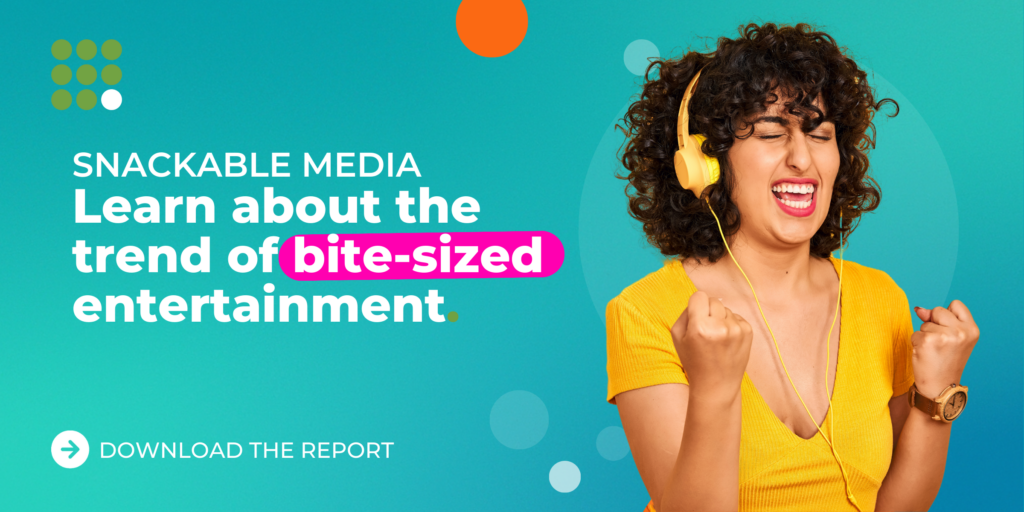

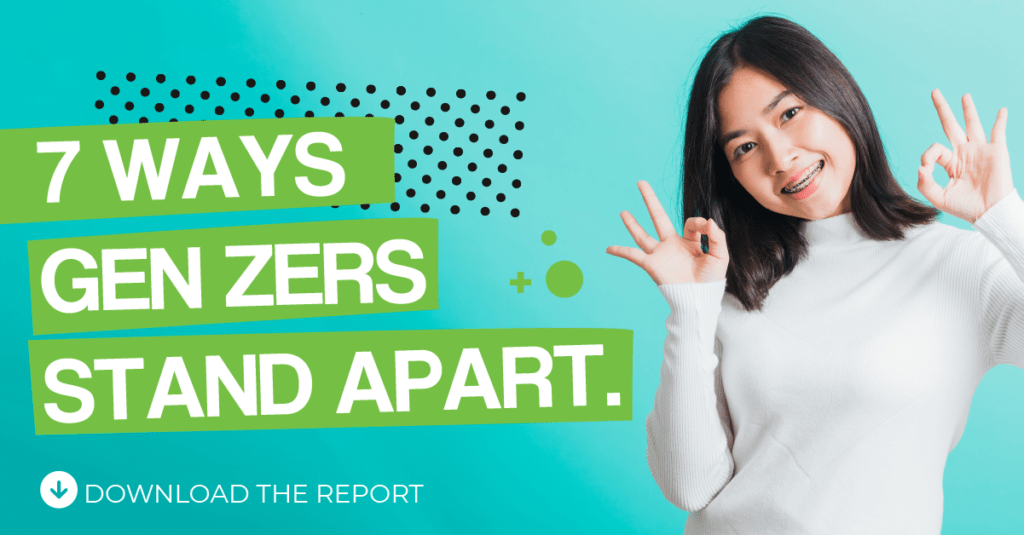

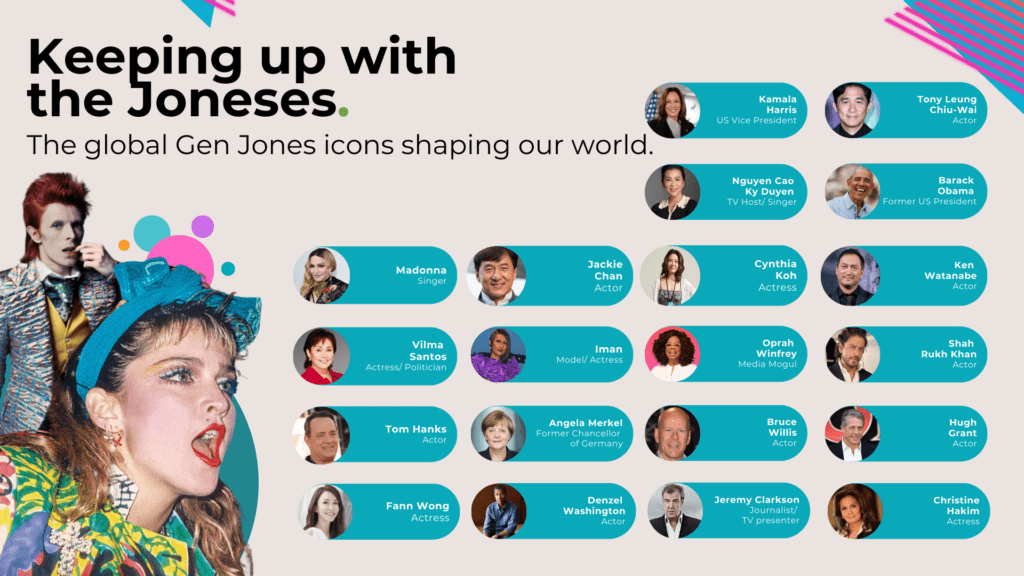
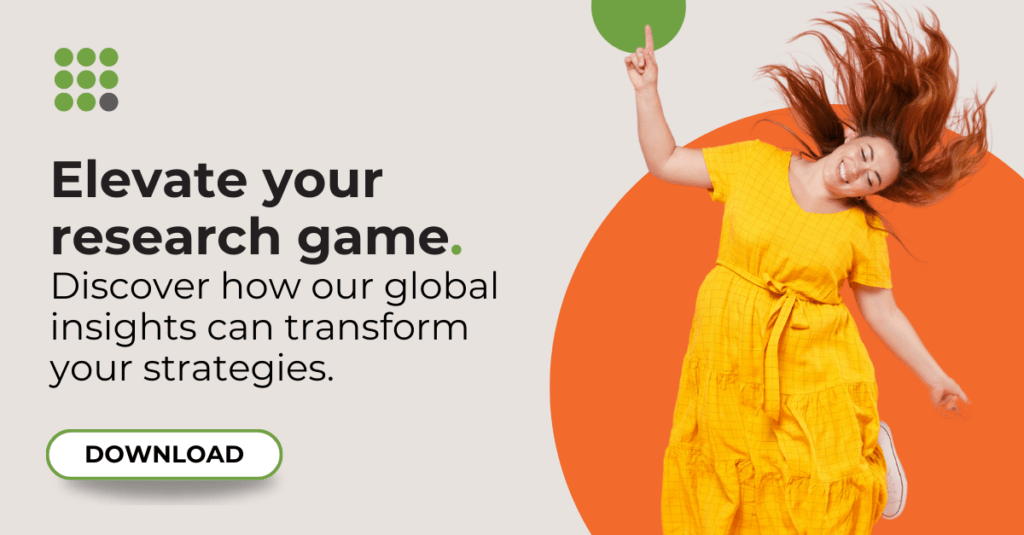
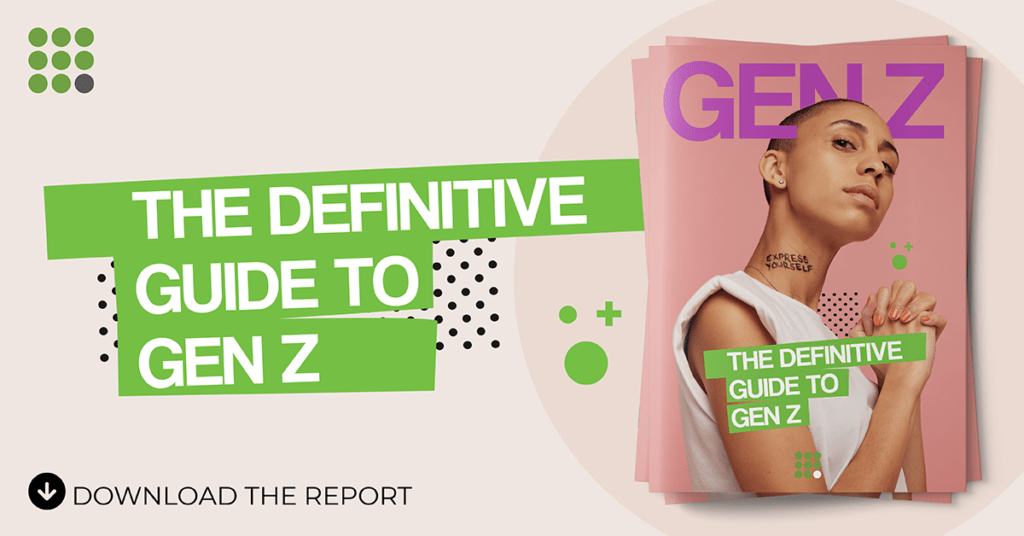
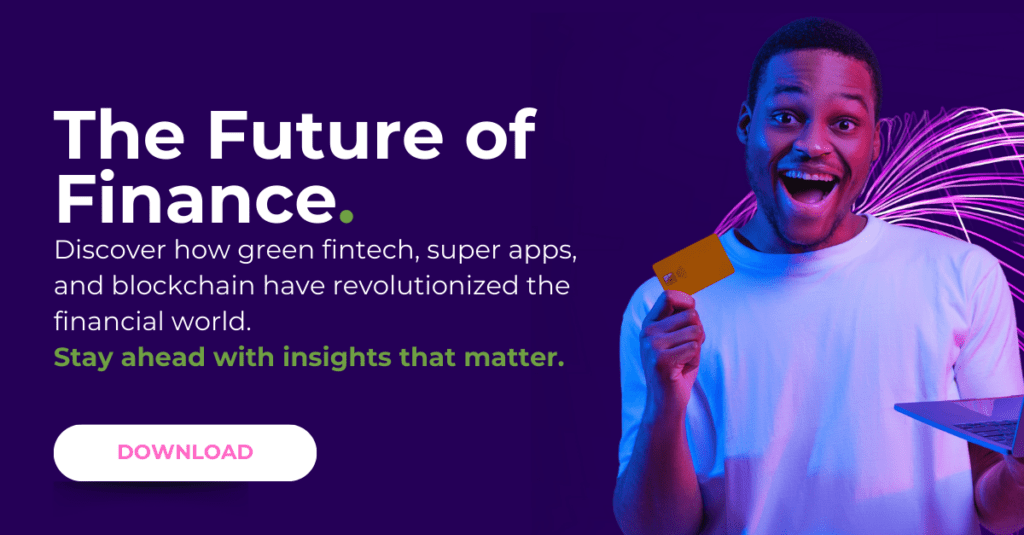
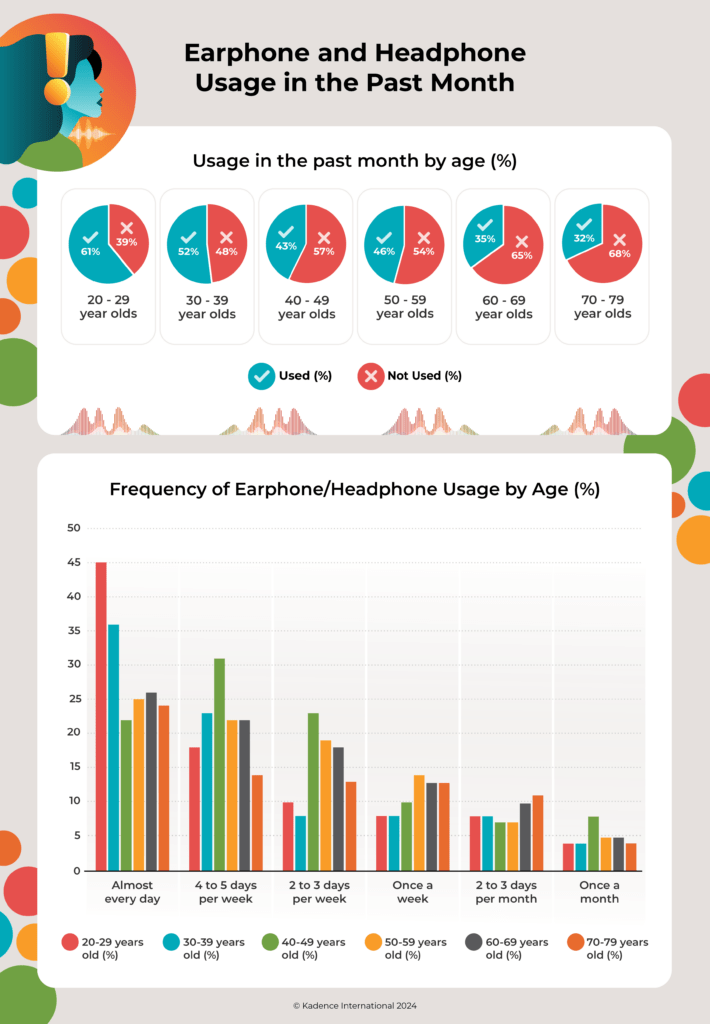

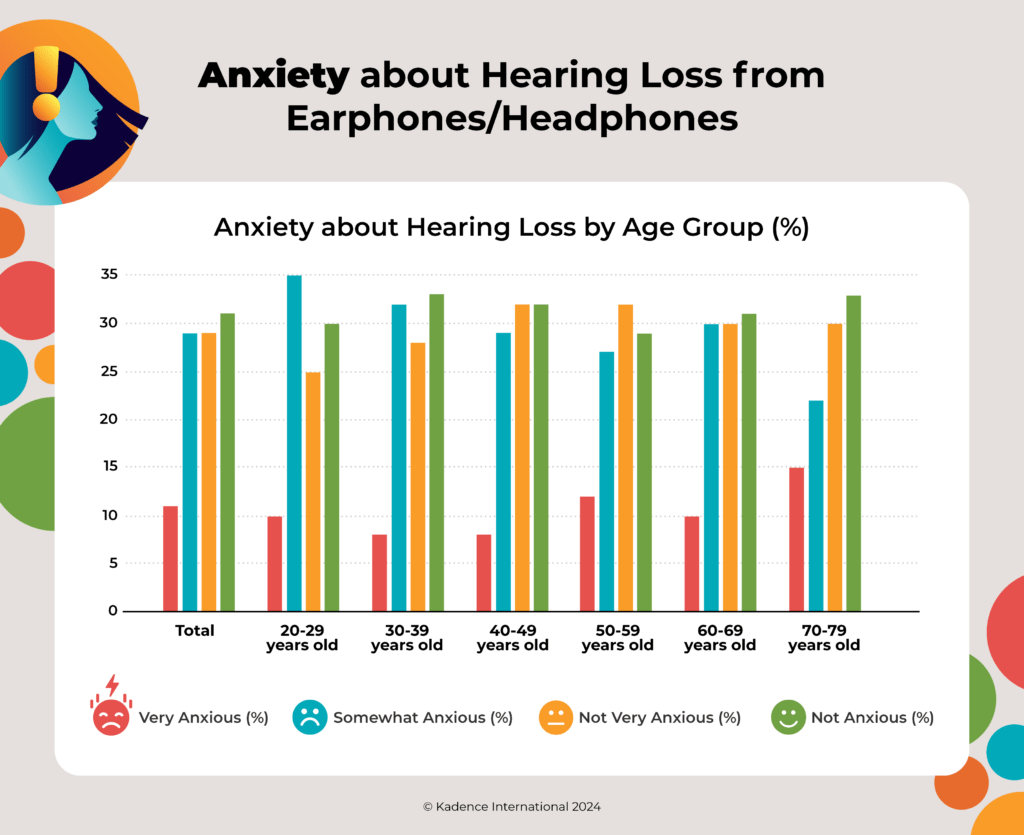
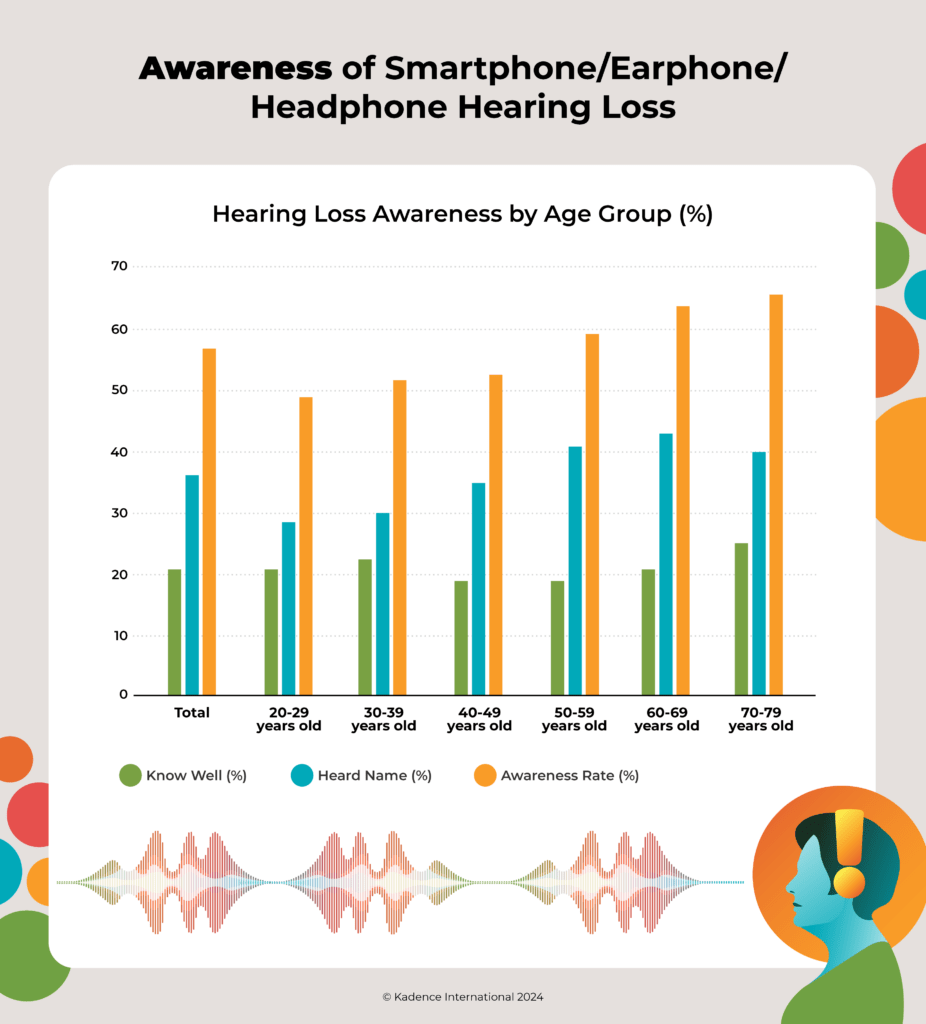
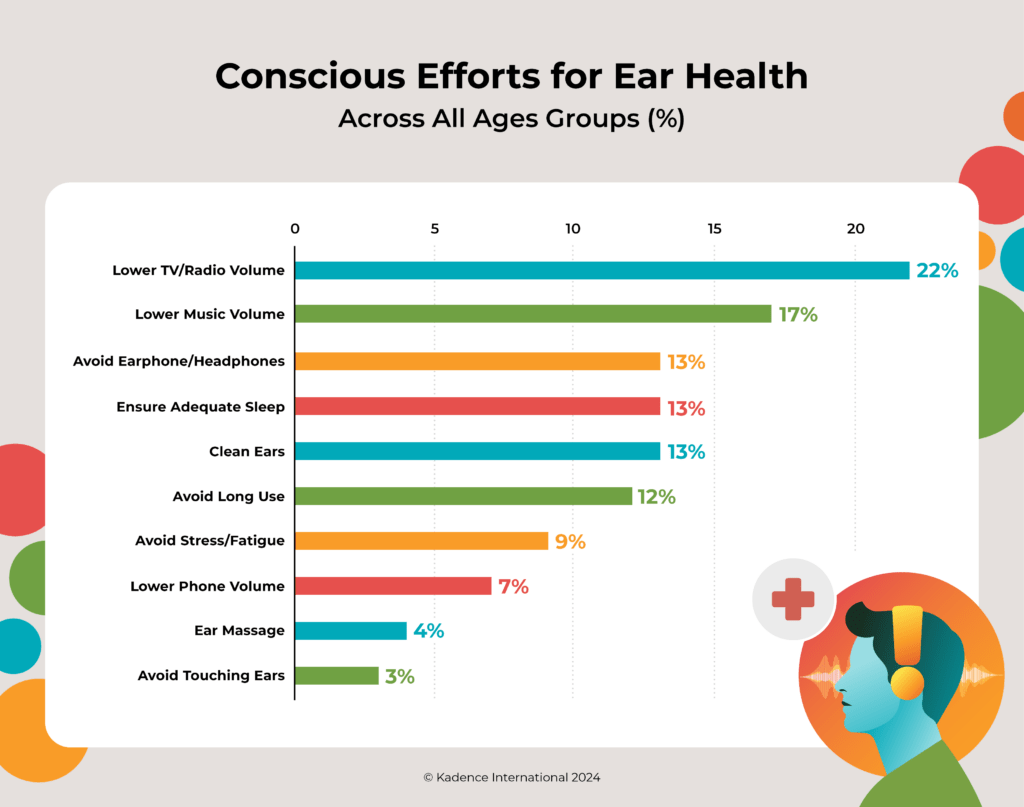

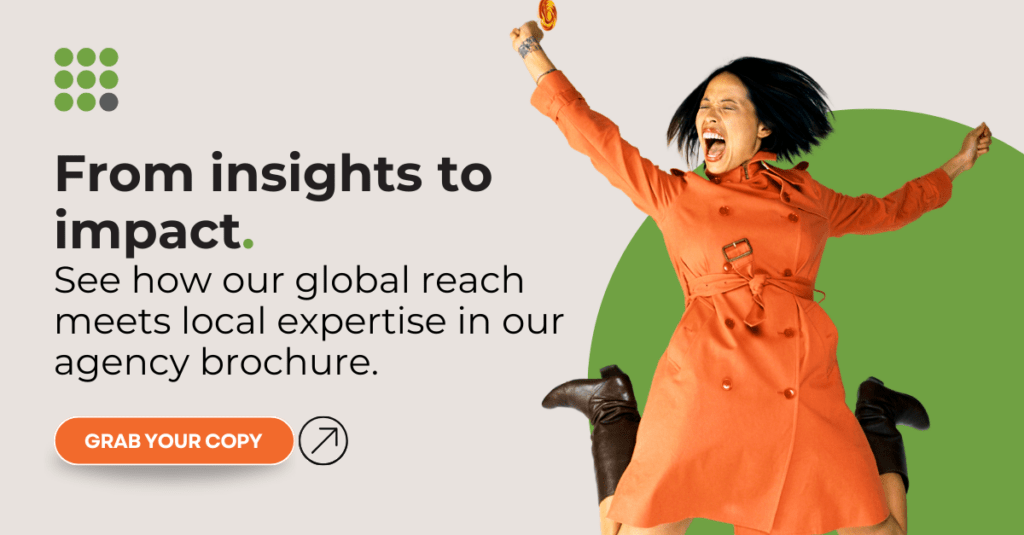
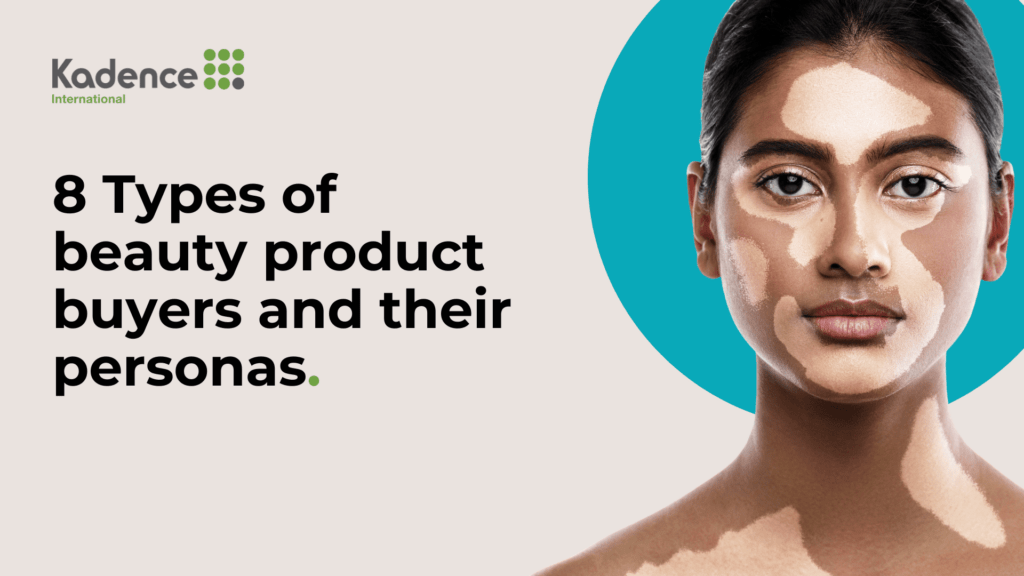
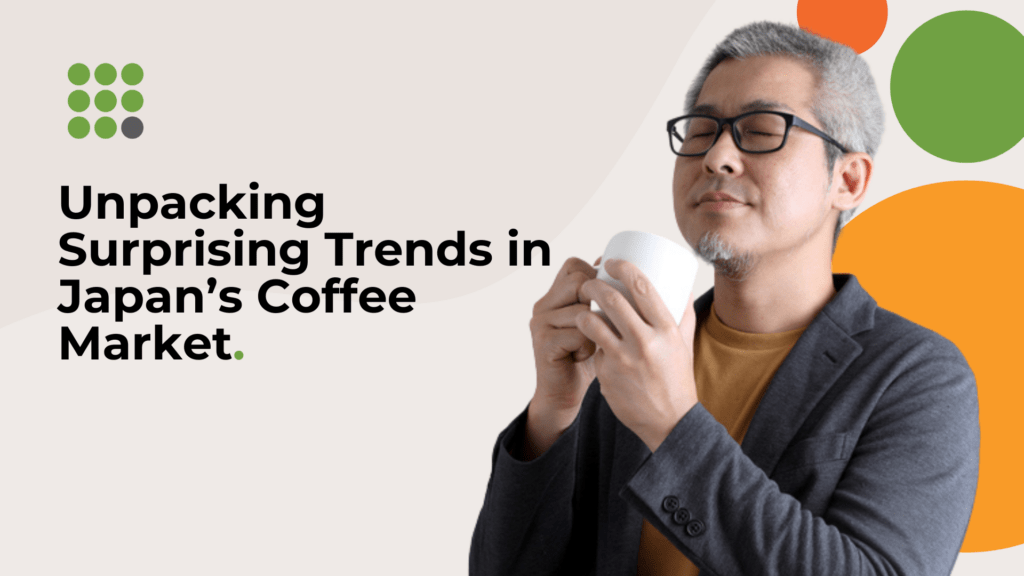
 Senior Marketing Executive
Senior Marketing Executive Sales & Marketing
Sales & Marketing General Manager PR -Internal Communications & Government Affairs
General Manager PR -Internal Communications & Government Affairs Vital Strategies
Vital Strategies
 Customer Intelligence Director
Customer Intelligence Director